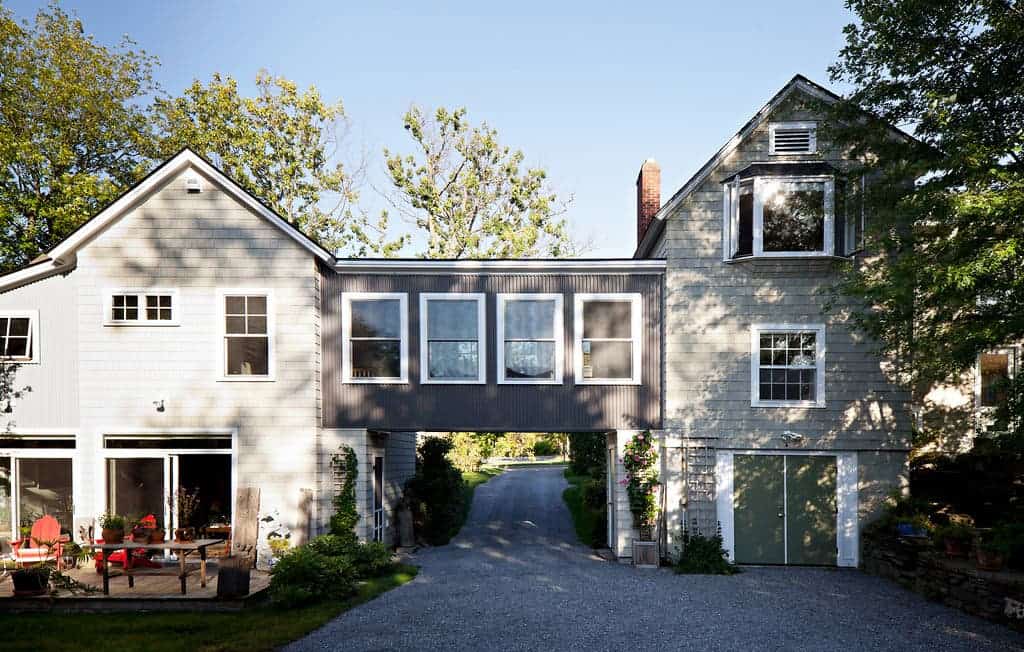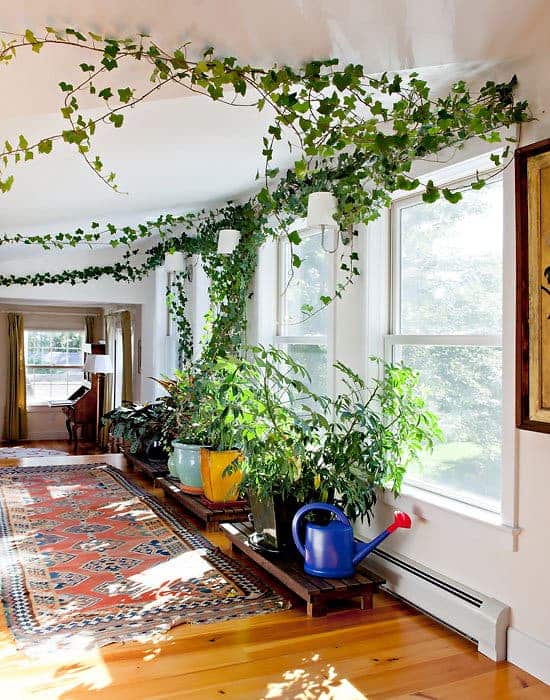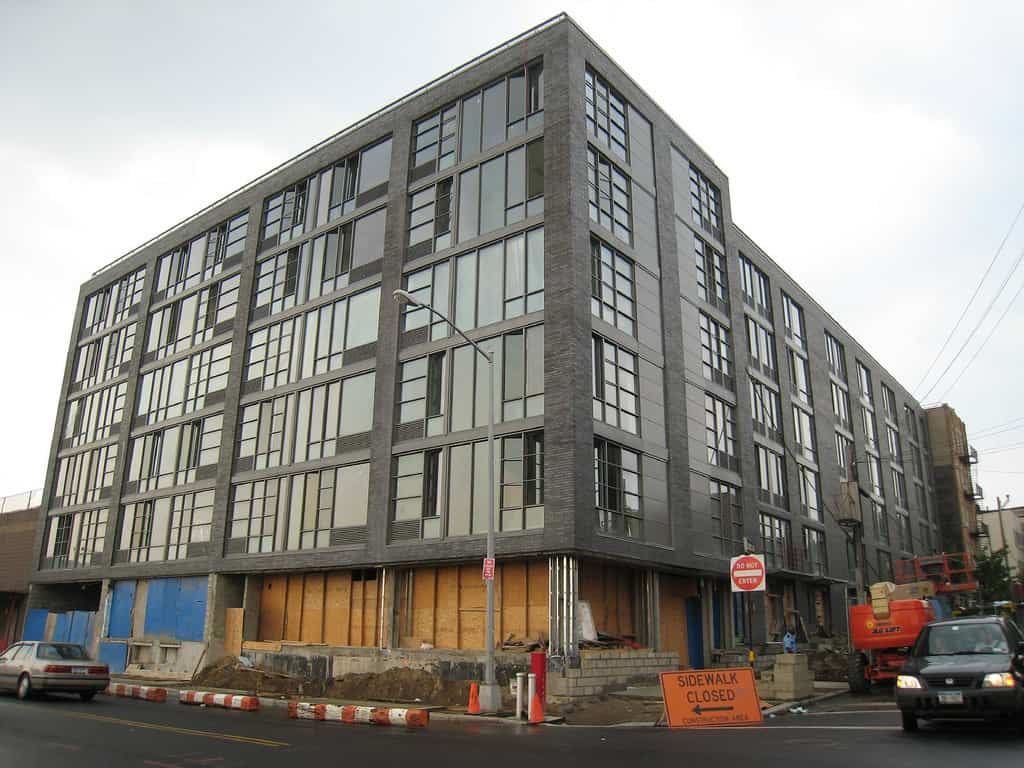The idea of building a bridge between two homes is more popular than you think. This architectural feature used to be commonplace in cities around the world and is now becoming more popular for residential builds.
Some people are incredibly invested in their private space. Maybe it’s a cozy nook for reading, a sumptuous bathroom made for spa-like relaxing or a well-lit office that’s conducive to long bursts of productivity.
Sky Bridge/Skywalk
The most skywalks we’ve ever seen are in NYC. They are typically between two tall buildings with only a small narrow street separating them.
Looking at them is like a blast from the past. You hardly ever see any new building with skywalks, but here are some examples.
Bridge Between Two Homes
The idea of connecting two homes via a sky walk or sky bridge is somewhat novel. Why not just walk outside or just connect two building on the ground the most traditional way.
The cost of building a bridge between two homes seems prohibitive, but when the option to connect two homes on the ground isn’t available, then a sky bridge becomes a great option.
Mother-In-Laws
A popular name for guest houses is mother-in-laws. With aging parents, you want to keep them close. If a guest house is away from a main house that will provide privacy, but if there are any issues then you’ve got a problem.
Whereas a home that is connected via a skywalk is much more usable. Adding a skywalk is essentially creating a hallway connecting two buildings.
The engineering between a skywalk is very impressive and can be cost-prohibitive, which is why this type of construction is usually avoided.
But for some people, a skywalk is the only option.
Some people need a little more space. And if you’re one of them, you’ll adore Eleanor Lanahan and John Douglas’ inventive solution
The artists built an addition off of Eleanor’s home in Burlington, Vermont, and then constructed a 20-foot bridge that joins their two spaces, as documented in the New York Times.
The bridge serves as more than a device to connect the two spaces. It also houses an open kitchen and dining room that are shared by the couple.
(Note: They share a master bedroom, too, although the two spend most of their days in their separate houses, often communicating by phone.)
If you have the right-sized home, property, and budget to accommodate an addition and an adjoining bridge, it sounds like a burst of architectural brilliance.
Each person has the freedom to decorate several rooms as they wish, yet still maintains common areas in which they share meals and company.
It seems like the ideal balance of alone time and togetherness, doesn’t it?
What do you think about the bridged home? Too much privacy for your liking? Or just enough isolation to make the shared moments even more special?









